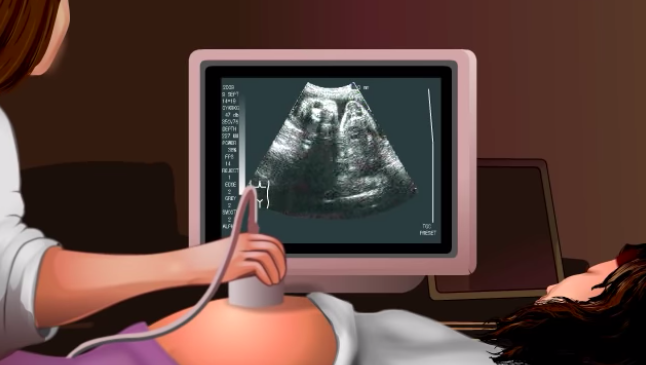Hello ladies and gents this is the Viking telling you that today we are talking about
ULTRASOUNDS
You also know that becoming a sonographer is serious business. To get accurate ultrasound images, you need to be a trained to operate the equipment and skillfully obtain the images that the doctor needs. The American College for Medical Careers is proud of the students in our sonography programs, and wants to share some fun facts about this important medical field that you are about to enter.
- Ultrasound was first developed for industry—not for medicine! The first ultrasound machines measured flaws in metal castings in the 1940’s.
- The first time ultrasound was used in medicine was in 1942, when an Austrian neurologist named Karl Theo Dussick and his brother imaged the ventricles of the brain.
- Ultrasound waves are too high for humans to hear, but they are within the range of what dogs and cats can hear.
- One of the smallest ultrasound transducers is small enough to fit into a blood vessel.
- 3D ultrasound imaging can make live, moving images of a beating heart.
- Ultrasound can determine the sex of a fetus as early as 18-20 weeks.
- Veterinarians use diagnostic ultrasound for their animal patients.
- Ultrasound is not good at penetrating the bone. For this reason, it only has very limited use on the brain (because the cranium is in the way).
- Ultrasound is a favored method of diagnosis because it has almost no side effects and is inexpensive compared with more invasive methods.
- Ultrasound can be used during surgical procedures to guide biopsies, injections, and more.
- Ultrasonic waves are used outside of the field of medicine too. Of the many uses, ultrasonic devices can be used to test products, to weld products, and to clean jewelry, lenses, watches, and surgical instruments.
- Ultrasound was first used in obstetrics and gynecology in 1957 when Scottish obstetrician Ian Donald used ultrasound to detect abdominal masses.
- Creating an ultrasound requires three processes: producing the sound wave, receiving echoes from it, and then interpreting those echoes.
- For the heart, ultrasound was first used in 1953, when Inge Edler and Carl Hertz used it to measure heart activity using a device from a ship construction company
and as always have a chilled day from the Viking

Comments
Post a Comment